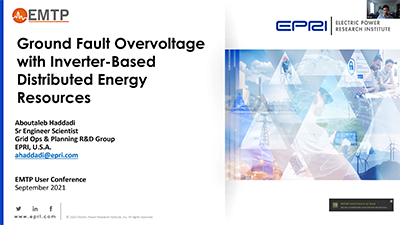Access to EMTP user presentations, webinars, and slide deck presentations.
62 presentations for Simulation:
Author(s): Manuel Martinez & Paul Poujade, EDF
Type:Technical Presentation
Date: 2020-11-20
Abstract
<h2 class="title">EMTP Europe User Conference 2019 </h2> <p class="tagline"><b>The EMTP User Conference pres... see moreentations are now available online!</b></p> <p id="text-intro"><b>Transformer Energization Study Case with PAMSUITE</b><br> A number of EMTP studies require parametric simulations. It is namely the case for transformer energization where many uncertain parameters can greatly influence the simulation results. This presentation will show how these kinds of studies can be quickly and easily carry out with PAMSUITE, the EMTP toolbox for parametric studies.
Author(s): Ilhan Kocar, Polytechnique Montréal
Type:Technical Presentation
Date: 2020-11-20
Abstract
<h6 class="text-black" style="padding-bottom: 30px; padding-top: 30px; text-align: justify;">Speaker: <strong>Ilhan Kocar</strong... see more>, <em>Polytechnique Montréal</em></h6> <p class="text-black">The new WB model encapsulates many improvements including state-of-the-art research results. It eliminates the modeling problems encountered with the existing universal line model (ULM) approach.<br> In the new model, there is no limitation on the number of conductors. For symmetric coaxial cable systems with several cables, numerical problems are avoided by using the new cable correction function. The newly added DC correction scheme together with frequency band partitioning ensures high precision both at low frequencies and high frequencies. Frequency partitioning also improves the numerical conditioning of the system of equations. Unrealistic delays are avoided thanks to the new routines for the identification and adjustment of time delays. The delay adjustment is a search routine with boundaries for optimized fitting.<br><br> The state space formulation in time domain is reformulated using a precise discrete integration method. It minimizes the numerical integration and interpolation errors. This allows achieving stable simulations with larger time steps. The object oriented programming approach with vectorized variables and new memory allocation routines significantly improves the simulation speed and use of memory. The new initialization routines allow seamless transition from steady state solution into time domain simulations.</p></div>
Author(s): Aboutaleb Haddadi, Polytechnique Montréal & Afshin Rezaei-Zarei, York University
Type:Technical Presentation
Date: 2020-11-20
Abstract
<h6 class="text-black" style="padding-bottom: 30px; padding-top: 30px; text-align: justify;">Speaker: <strong>Aboutaleb Haddadi</... see morestrong>, <em>Polytechnique Montréal</em></h6> <p class="text-black">Inverter-based resources have much more complex fault current characteristics compared to conventional synchronous generators. Hence, legacy protective relays set under the assumption of a conventional power system with predominantly synchronous generation, may misoperate under high level of renewables.<br><br> This presentation first investigates the impact of wind generation on the performance of negative-sequence-based protection. In many applications, wind generators are designed to suppress negative sequence current partially or entirely. Negative sequence current suppression control may result in the misoperation of protection schemes whose operation relies on the assumption of negative sequence quantities being present in substantial levels during unbalanced faulted conditions. The impact of wind generation on negative-sequence overcurrent and negative-sequence-based directional elements is investigated in this work.<br> In addition, the impact of renewable resources on the performance of power swing protection is investigated. Case studies with examples of Power Swing Blocking (PSB) and Out-of-Step Tripping (OST) elements misoperation under wind generation will be presented.</p>
Author(s): Sébastien DENNETIERE, RTE – Centre National d’Expertise Réseaux
Type:Technical Presentation
Date: 2020-11-20
Abstract
<h6 class="text-black" style="padding-bottom: 30px; padding-top: 30px; text-align: justify;">Speaker: <strong>Sébastien DENNETIERE&... see morelt;/strong>, <em>RTE – Centre National d’Expertise Réseaux</em></h6> <p class="text-black">A high voltage direct current (HVDC) grid is a power transmission system which consists of multiple HVDC terminals interconnected through DC lines. The advantages of a DC grid are increasing system flexibility and reliability and providing redundancy at a lower cost by sharing resources, resulting in lower power losses. In order to test and compare technical solutions that can be applied on a realistic DC grid, CIGRE B4 Study committee decided to propose a VSC based DC Grid test system with ac and dc parts with all input data suitable for EMT simulation. This first benchmark has been developed in 2014 in EMTP and different simulation tools in order to validate the completeness of data provided in the Technical Brochure #604. The test system has 11 AC/DC VSC converters, 2 DC/DC converters and 2 DC voltage levels (±400kV and ±200kV).<br><br> The main purpose of the test system is to provide a common basis for all CIGRE SC B4 WGs that work on the research of DC grids. This benchmark model generated a high interest. Some limitations on this benchmark (topology, equipment included…) have been identified so far. In order to provide common study platforms to meet the most different HVDC grid study purposes and needs, seven HVDC grid test models have been established by the B4-72 CIGRE WG. These models have been designed to cover most HVDC grid applications including collection, integration and transmissions of onshore/offshore renewable power generation over long distance, LCC-HVDC grids, LCC-VSC hybrid HVDC grids, AC system interconnections for different types of studies with appropriate and applicable sizes. The presentation will address the issues related to the modeling of the largest DC grid test system proposed by this WG. This grid model includes 22 VSC converter stations, 4 LCC converter stations, PV and wind generations. </p>
Author(s): Pierre-Francois Allaire - Thomas Kirk - Julie Fortin-Morin - OPAL RT
Type:Technical Presentation
Date: 2020-11-20
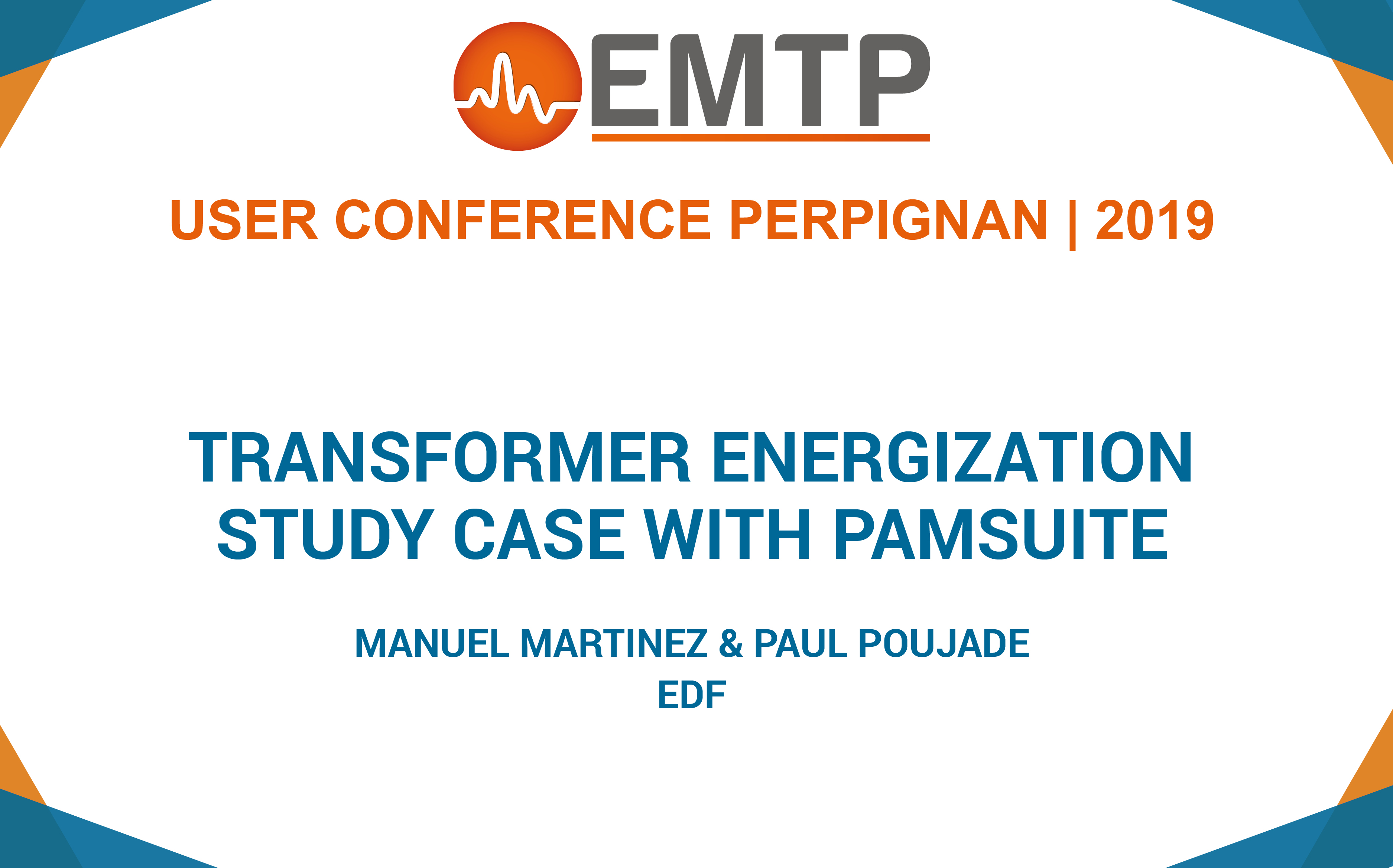
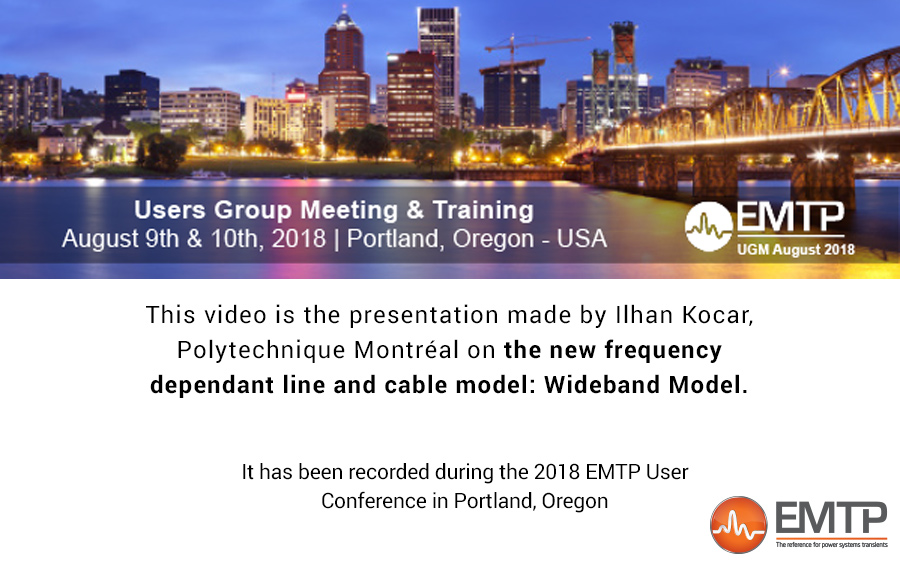

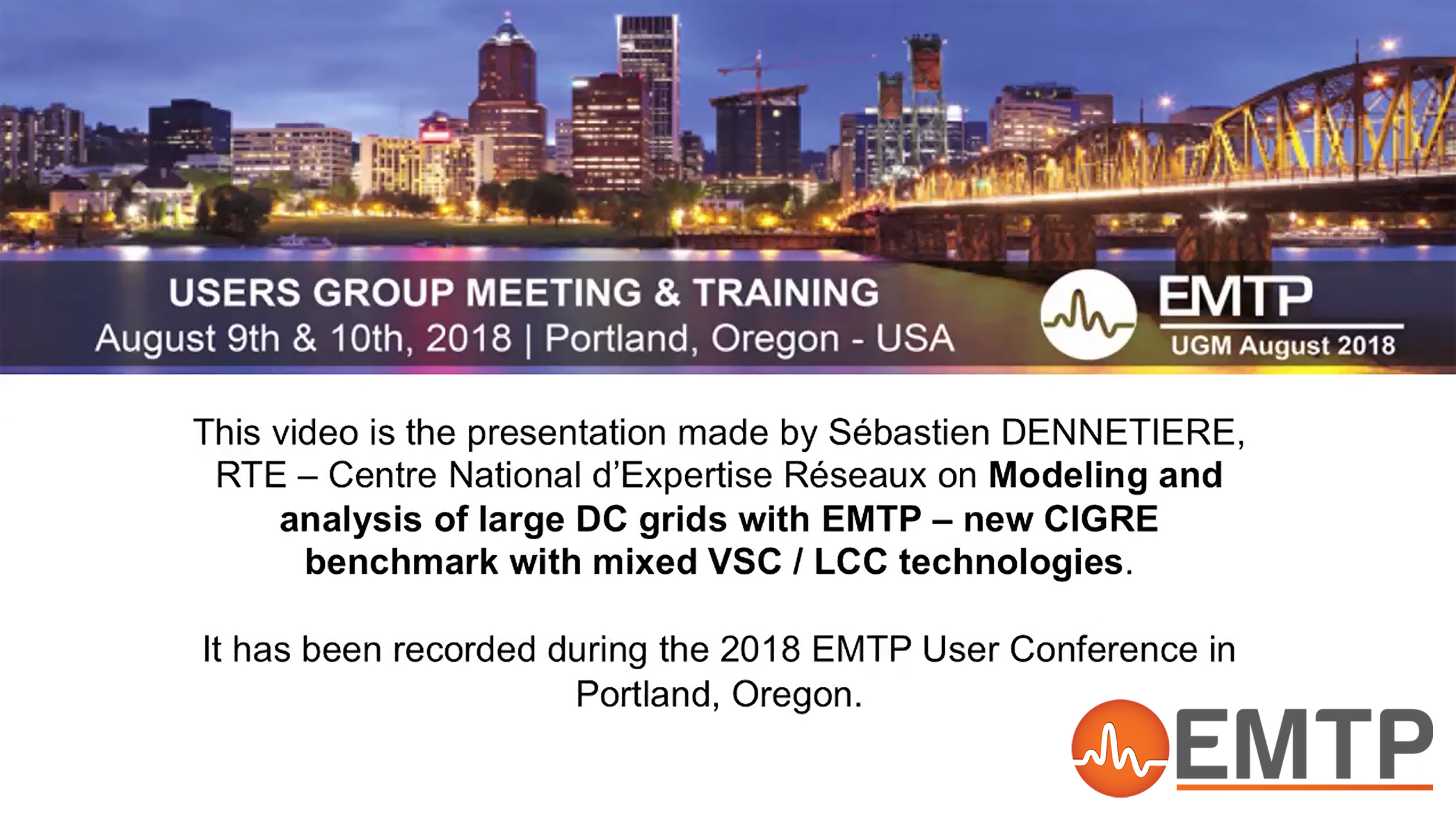
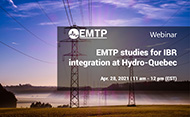
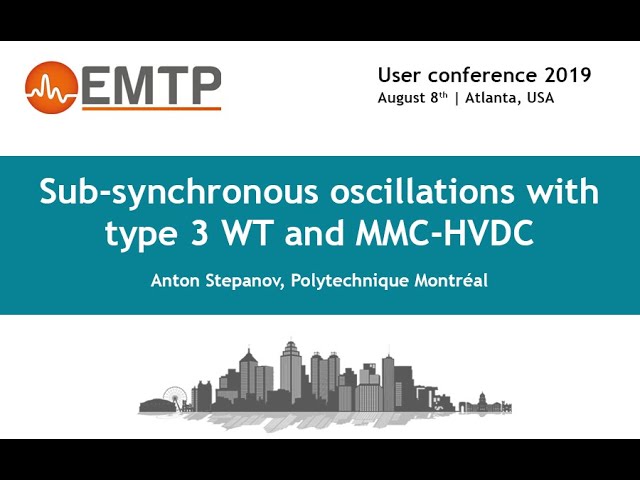
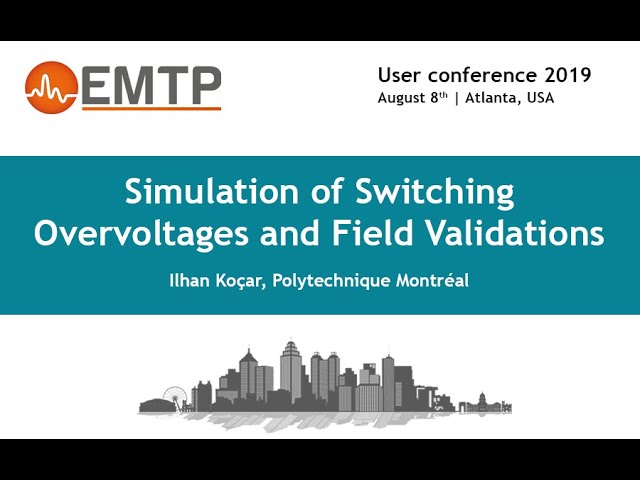
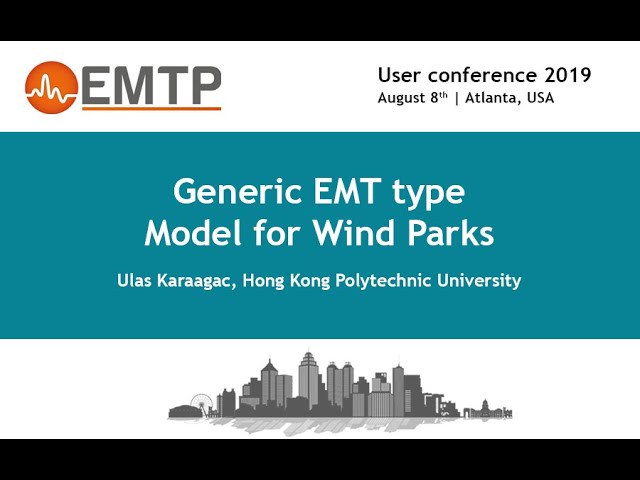
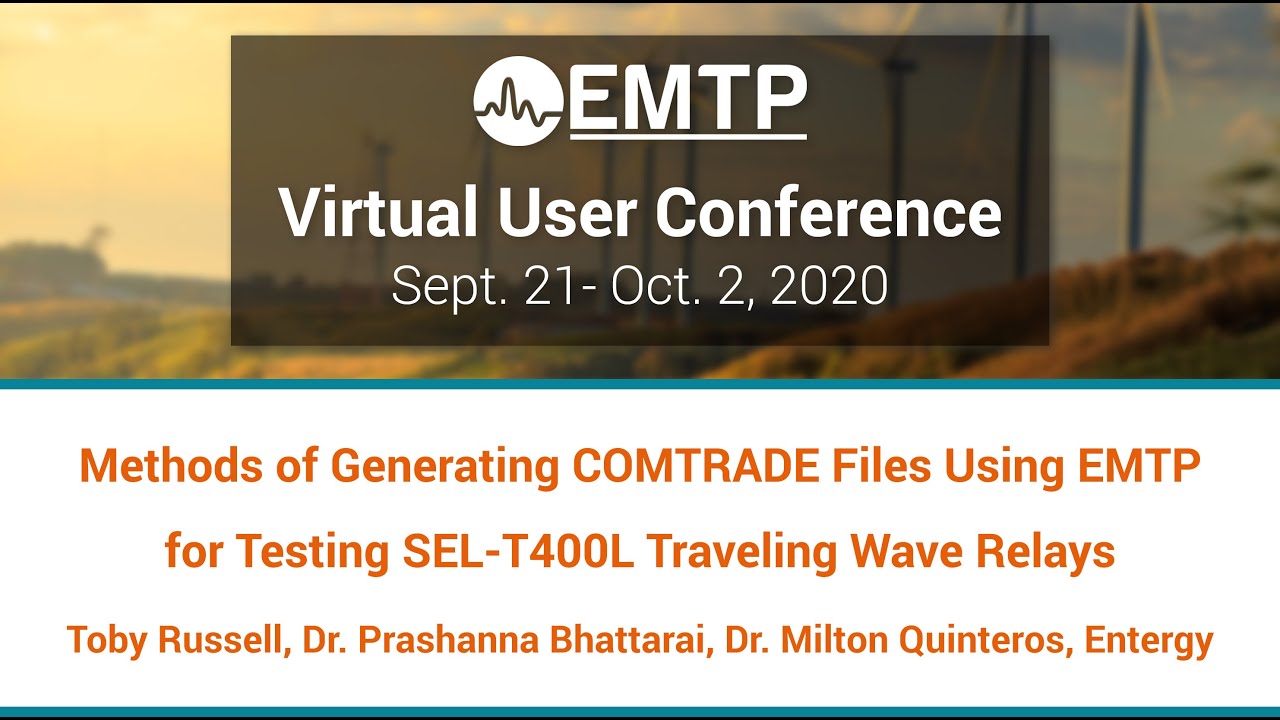
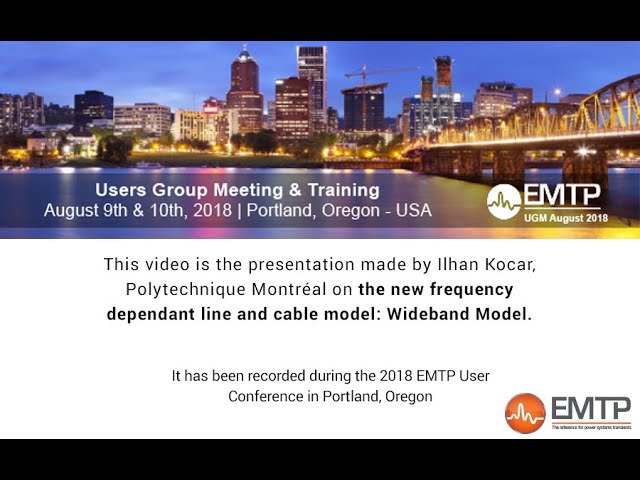
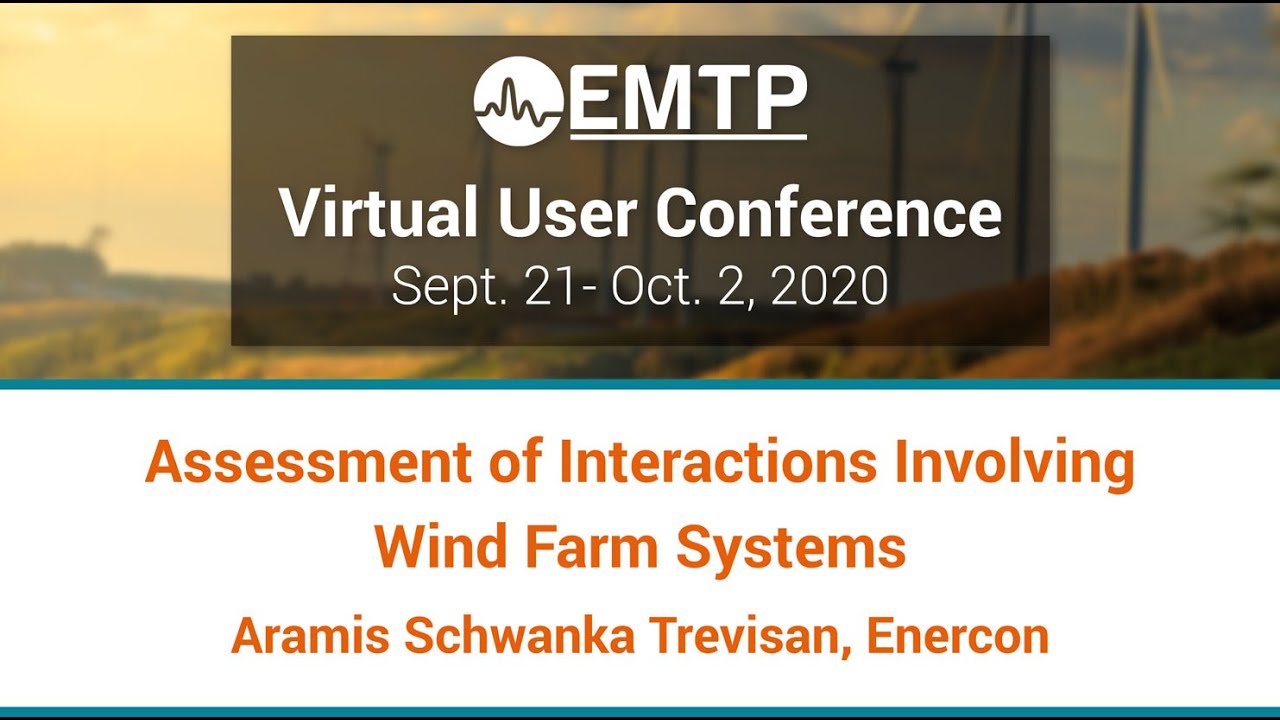
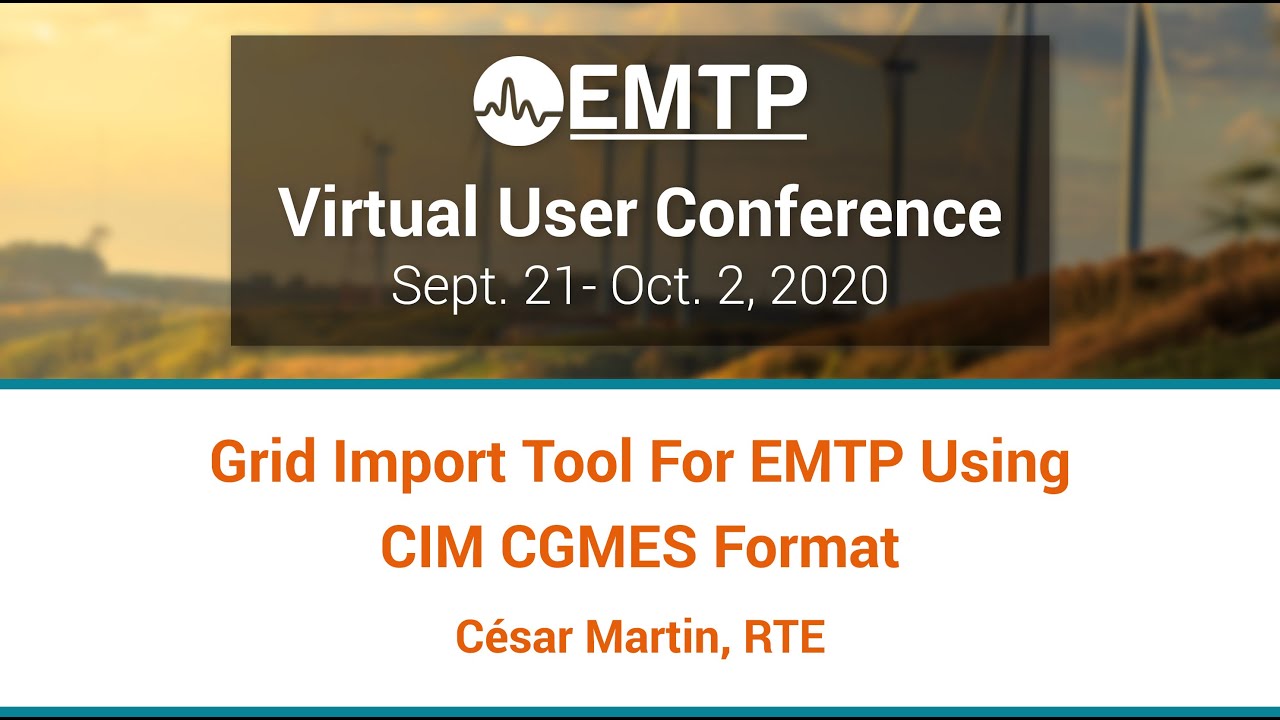
![[R&D]_EMTP : Recherche et développement [R&D]_EMTP : Recherche et développement](https://www.emtp.com/system/files/imagecache/presentation/slide1_1.jpg)
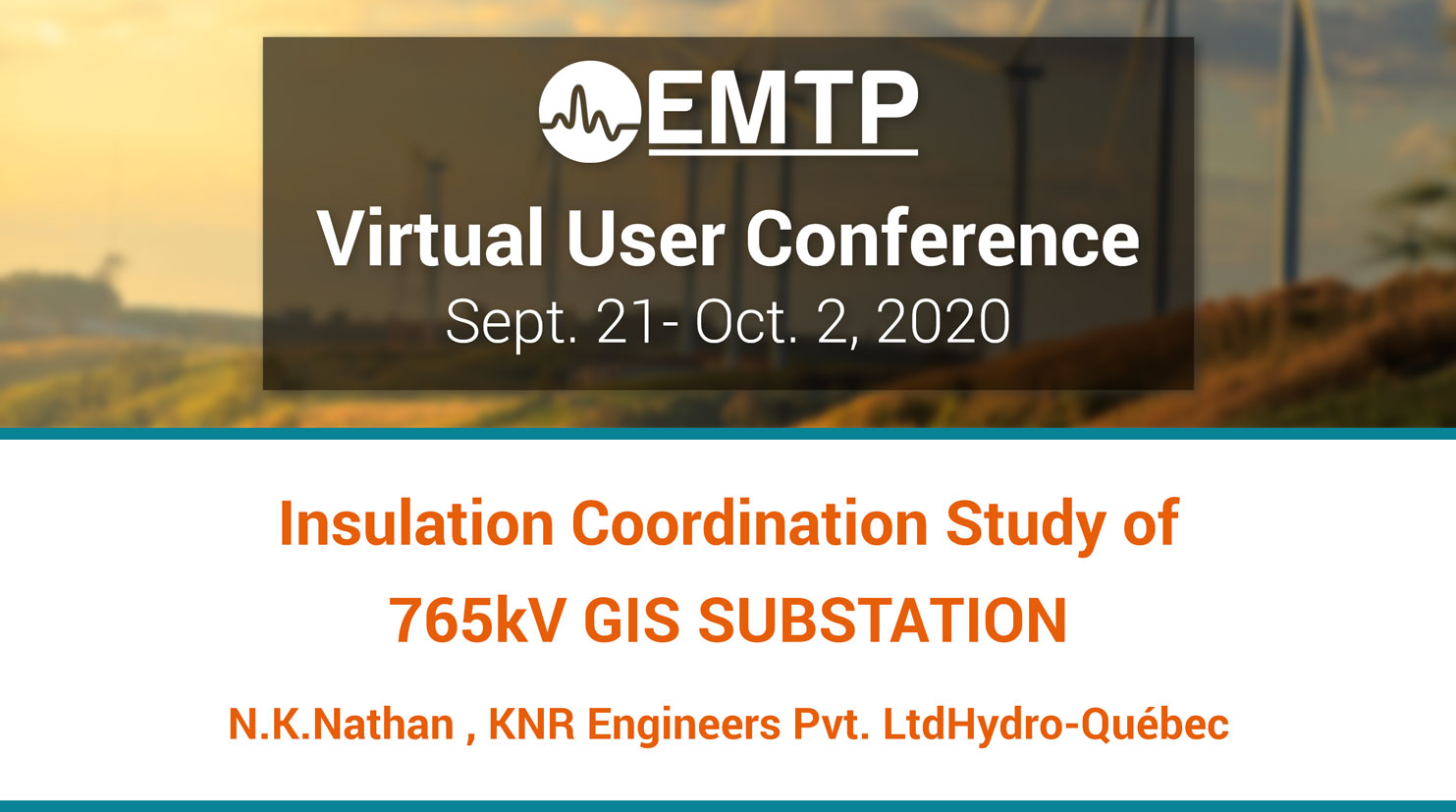
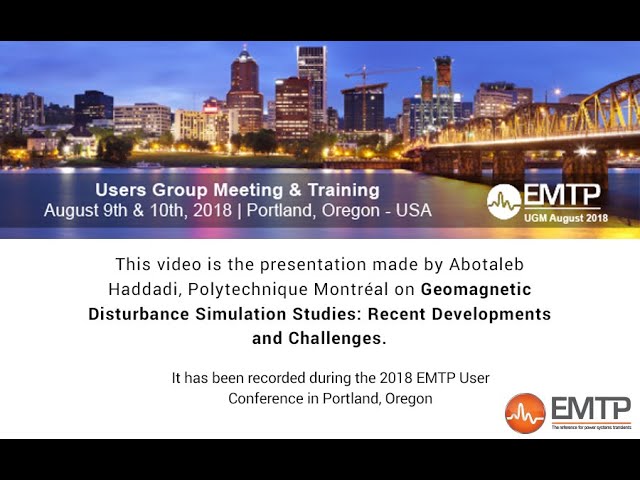
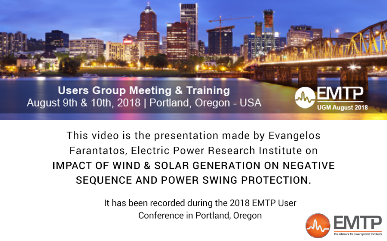
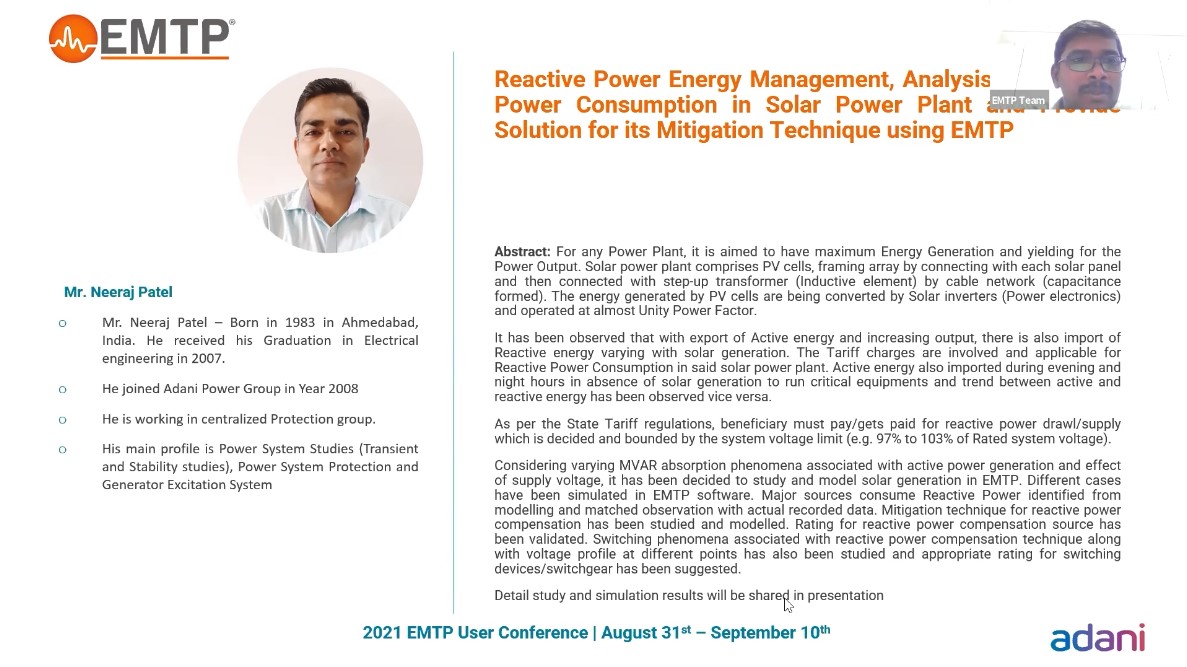
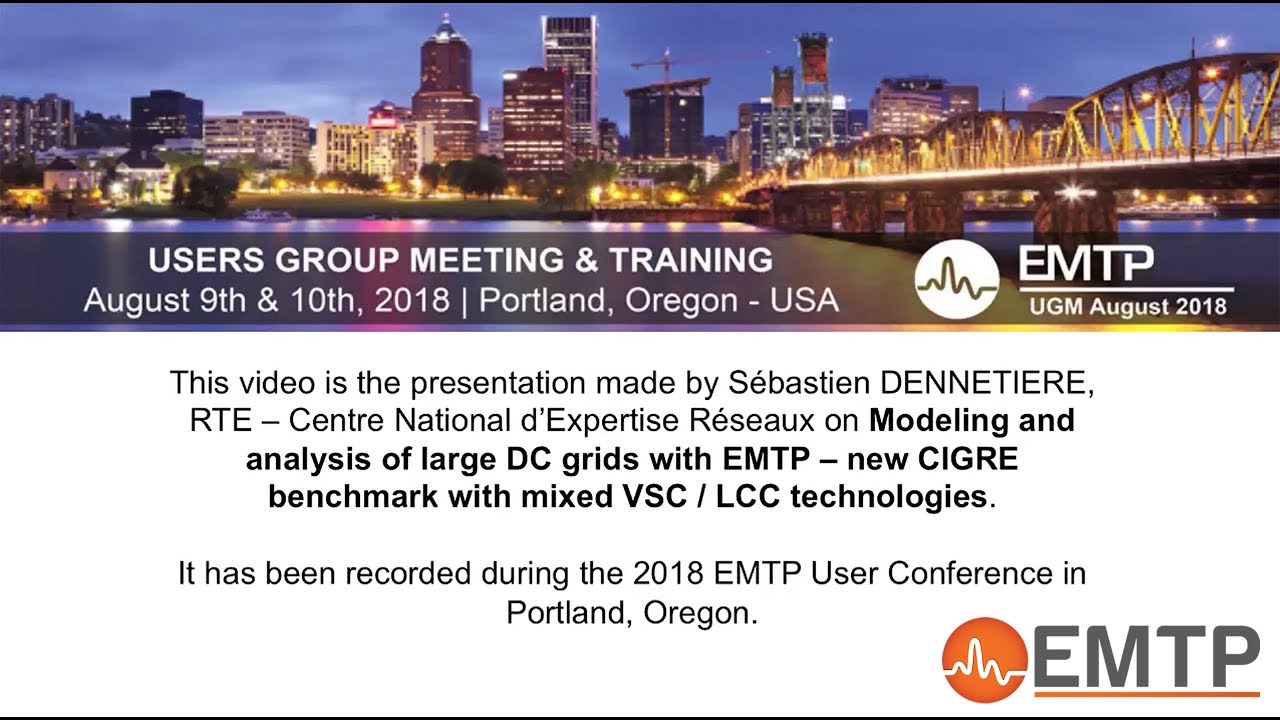
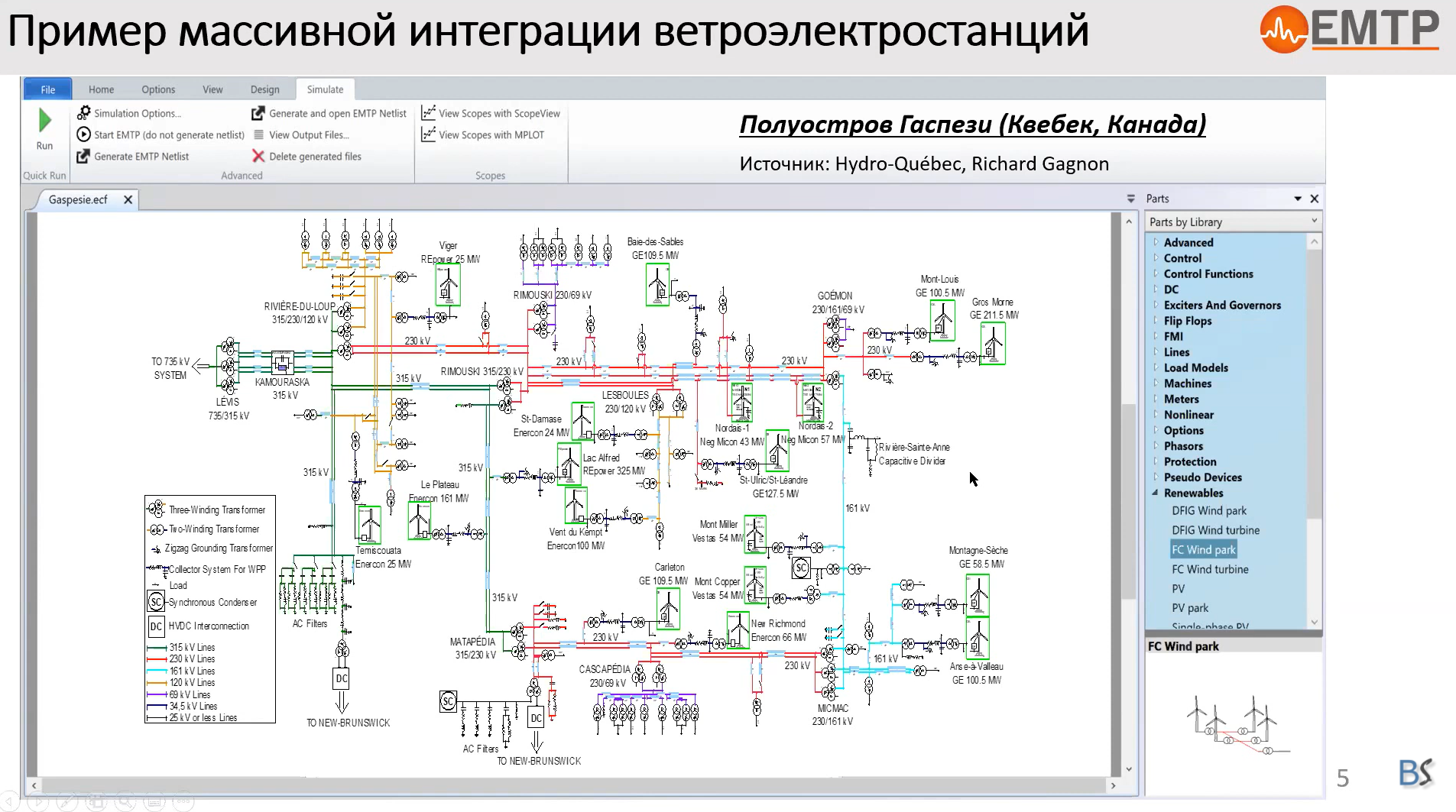
![[Protection_Devices]_Étude des courants coupés par les sectionneurs de changemen [Protection_Devices]_Étude des courants coupés par les sectionneurs de changemen](https://www.emtp.com/system/files/imagecache/presentation/TechnicalPresentation1.jpg)
